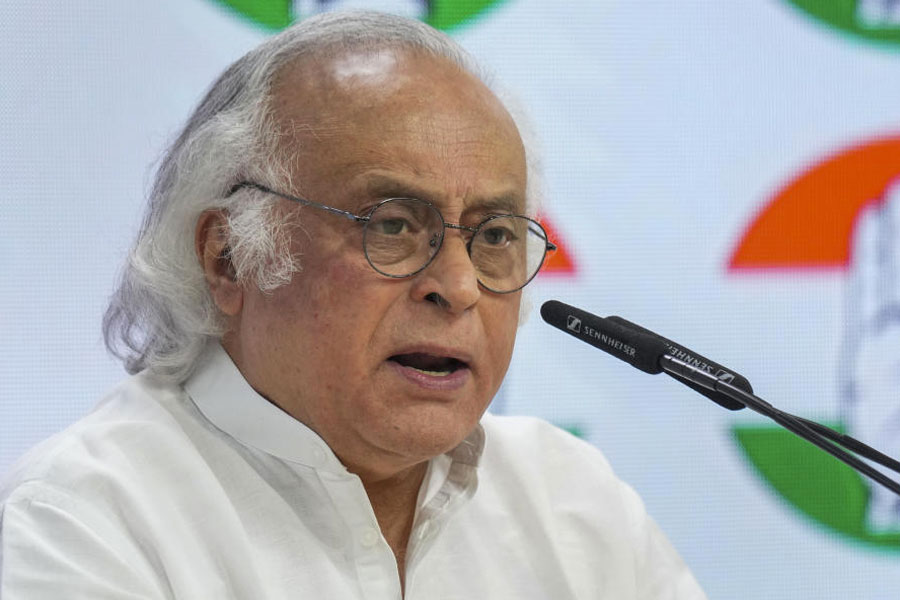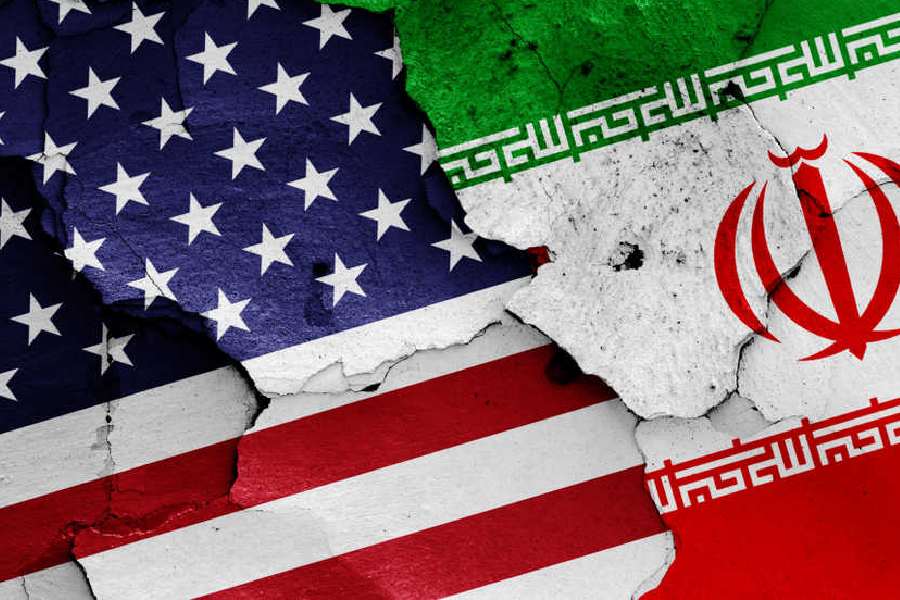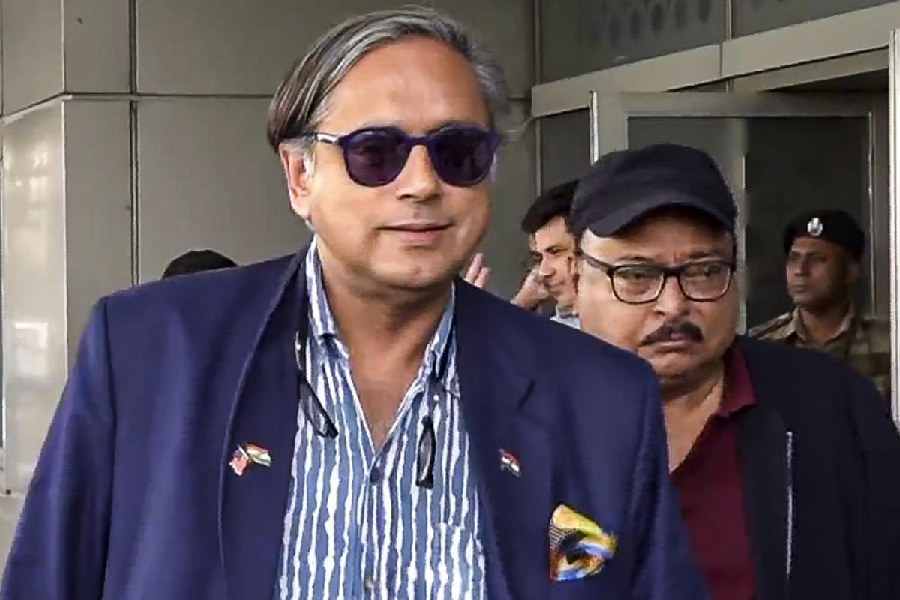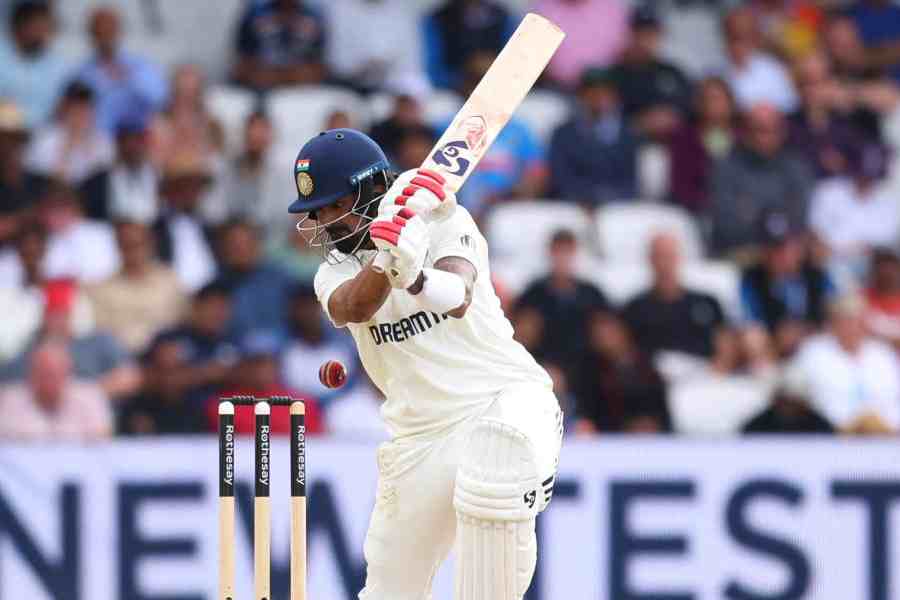 |
Babur defeated Ibrahim Lodi in the Battle of Panipat in April 1526, and so started a line of emperors who would alter the face of Hindustan in the next 300 years. The Mughals, who were from Central Asia, imported their own culture, of which an integral part was their cuisine. Salma Husain’s THE EMPEROR’S TABLE: THE ART OF MUGHAL CUISINE (Roli, Rs 695), traces the “history of the Mughal emperors vis-à-vis their fondness for food”, as Pavan K. Varma says in the foreword. Husain has studied texts like the Ain-i-Akbari, the Alwan-e-Nemat, as well as royal recipes in Persian manuscripts to produce a book that reveals the secret of such exotic-sounding dishes as Halvaye Zardak, Gushtaba or Pasande Noor Mahli. The picture on the left shows food being prepared in the royal camp (18th century).
Interspersed with the recipes are short introductions to the Mughal rulers from Babur to Bahadur Shah Zafar. Separate sections are also devoted to each of the emperors’ unique contributions to the development of the culture we now call Indian. While most of what Husain writes about the emperors is common knowledge, some of the anecdotes she narrates are interesting. We are told, for instance, that Akbar preferred bhang to wine, that it took Humayun a month to convince his future wife, Hamida Bano Begum, to marry him, or that chilli was introduced into Mughal cuisine only during Shah Jahan’s reign. Husain has a short chapter on the “Arts and Jewels of Jahangir” where she talks about the emperor’s love for ornaments. His jewellers combined Persian techniques with Indian motifs to produce such exquisite items as the enamelled boxes in the picture on top right. Husain’s account of the life of the last Mughal emperor, Bahadur Shah Zafar, is moving. The emperor, Husain writes, was fond of moong dal and he once sent his favourite preparation, Dal Shah Pasand, to Mirza Ghalib, who wrote a “quadren (sic) on this dish and presented it to the emperor”. Bottom right shows Bahadur Shah’s autograph (April, 1844).
Given the fact that meat, especially lamb, features in most of the recipes provided by Husain, it is surprising to note that quite a few of the Mughals actually disliked meat. Akbar generally abstained from it and the favourite dish of his son, Jahangir, was actually a kind of vegetarian khichdi. Aurangzeb, of course, was a strict vegetarian. The picture in the middle shows Akbar, seated on a boulder under a tree, informing his courtiers that the slaughter of animals should cease (c. 1590).
The sumptuous attractions of the book notwithstanding, The Emperor’s Table would have been better off with a more careful editor. Even if one manages to overlook the frequently misplaced punctuation marks, it would be difficult to ignore such appalling constructions as “Excellently well-dressed potatoes”. The phrase, “birds of prey”, is used for game birds and Aurangzeb is one of the “fatal figures” of history.










